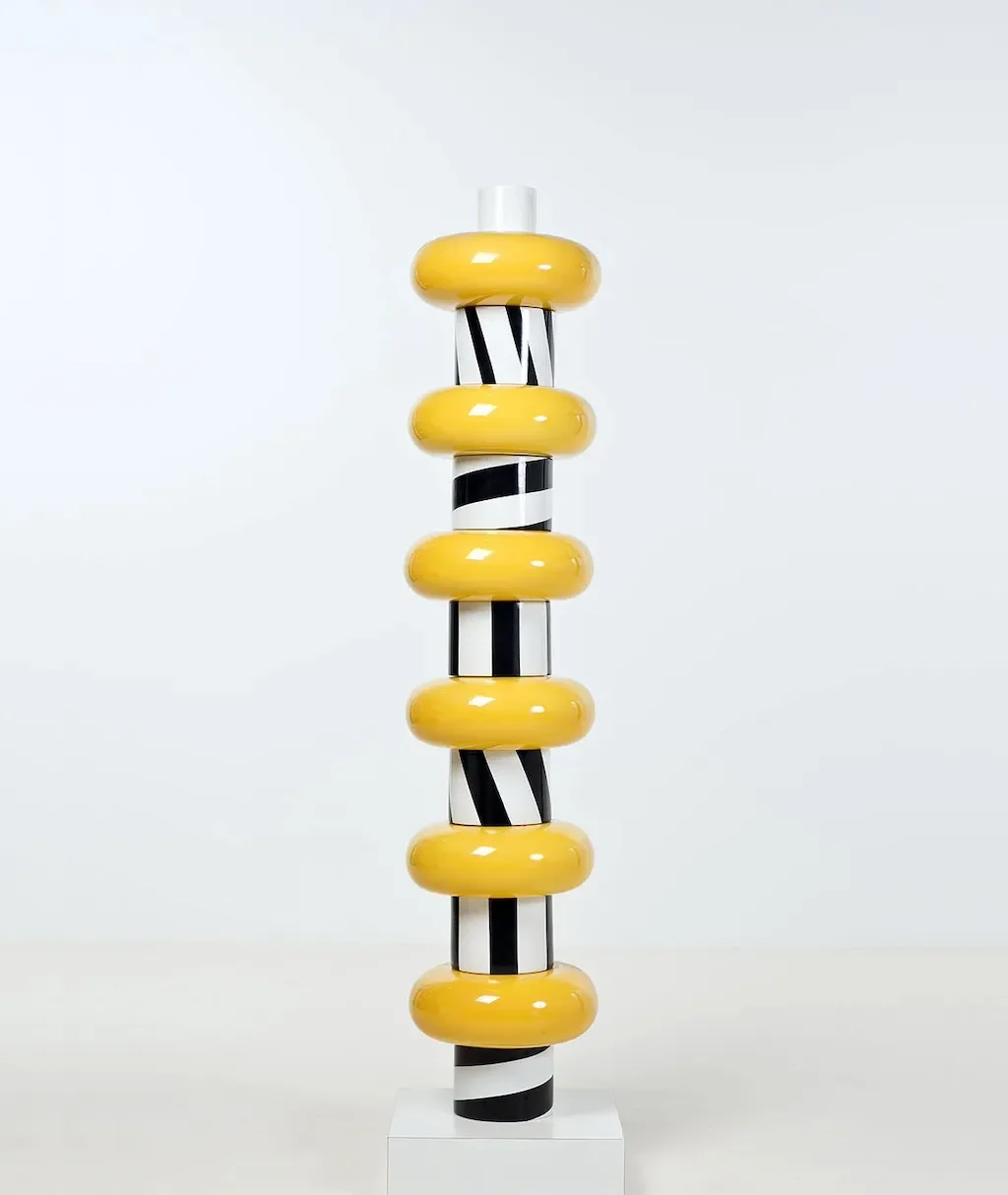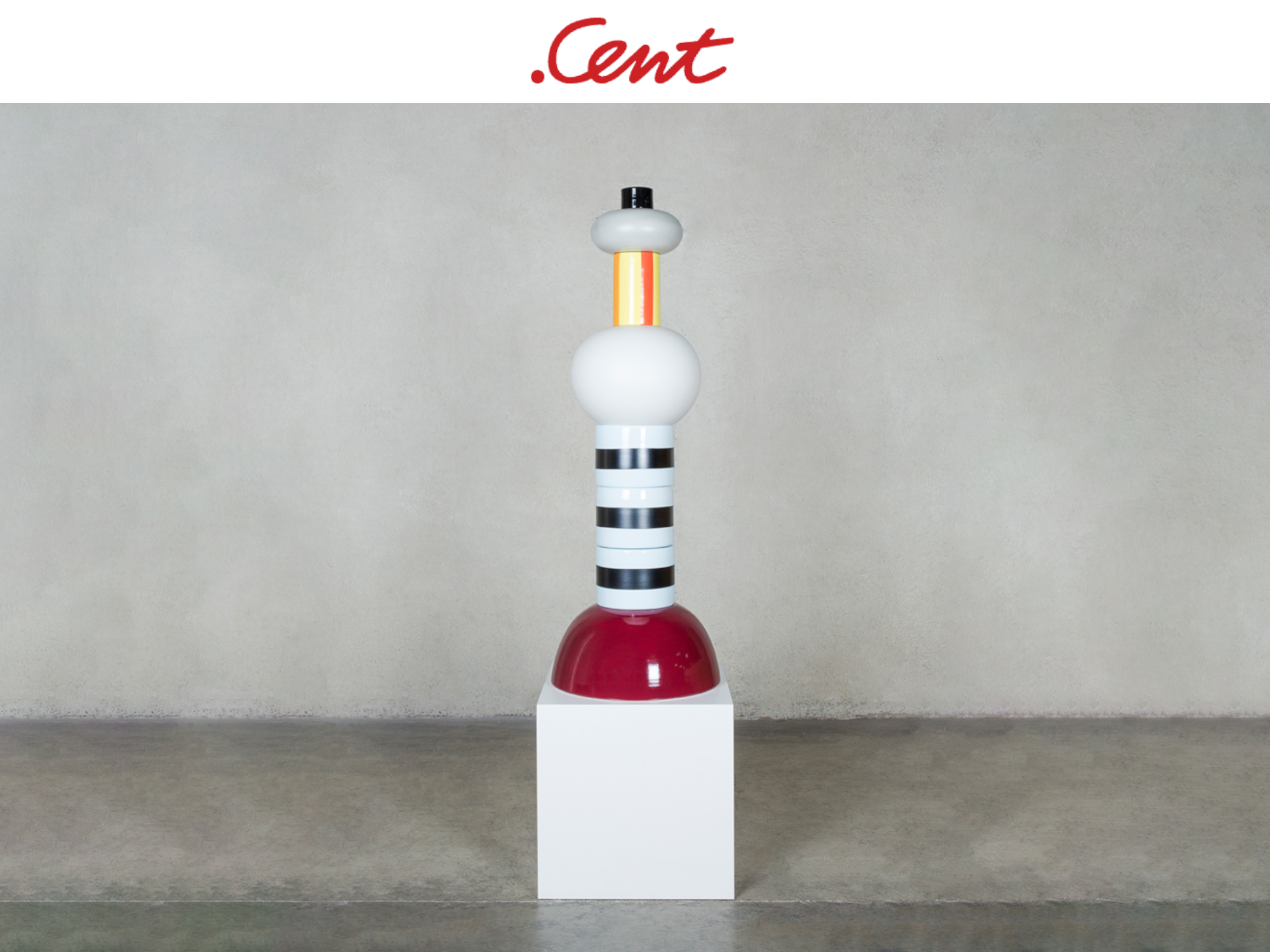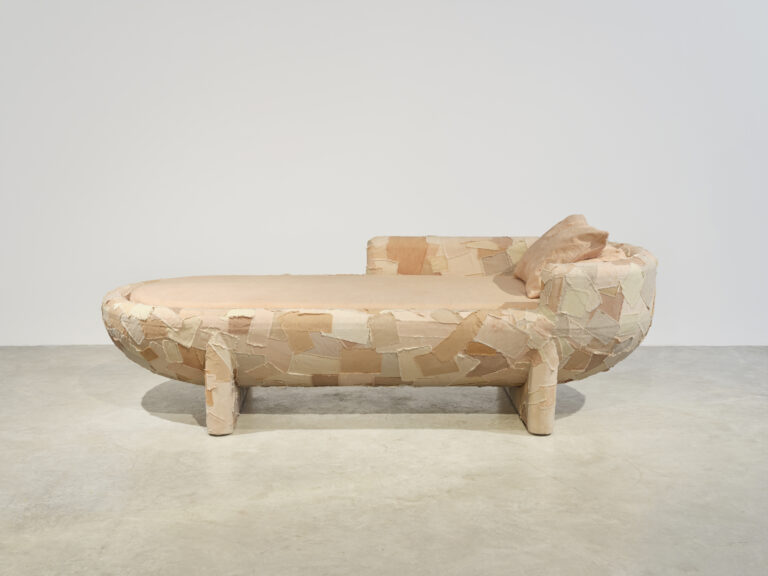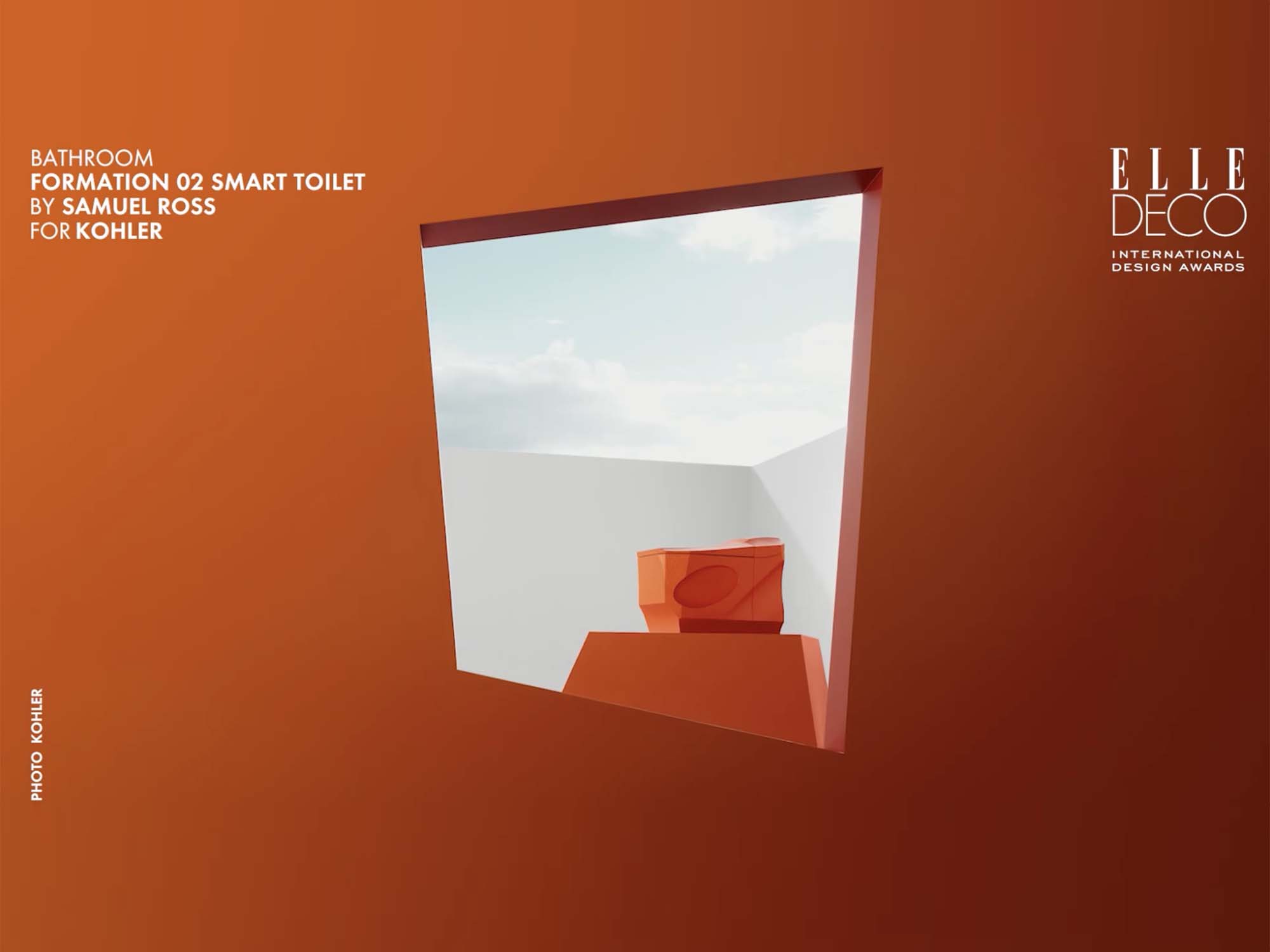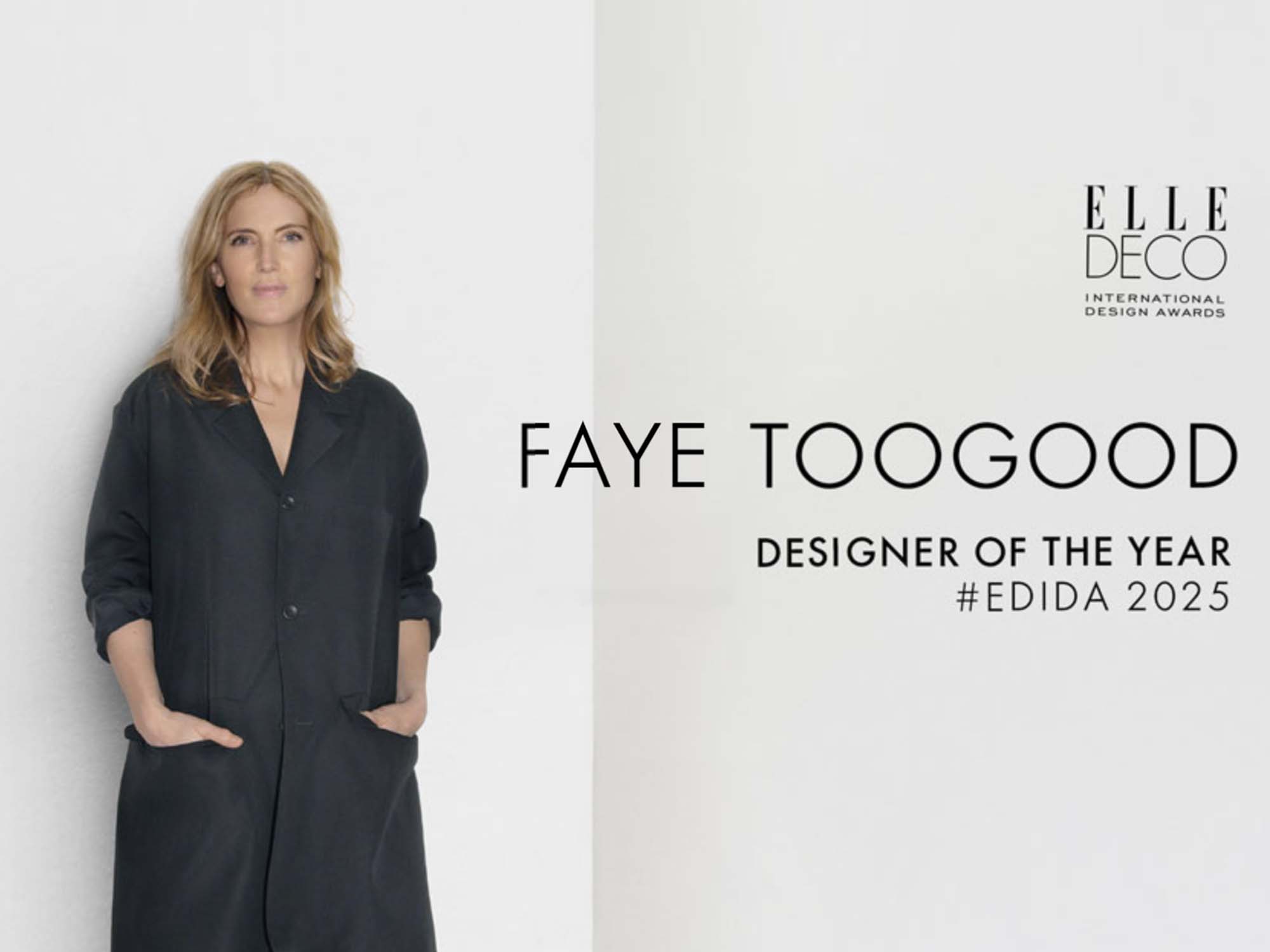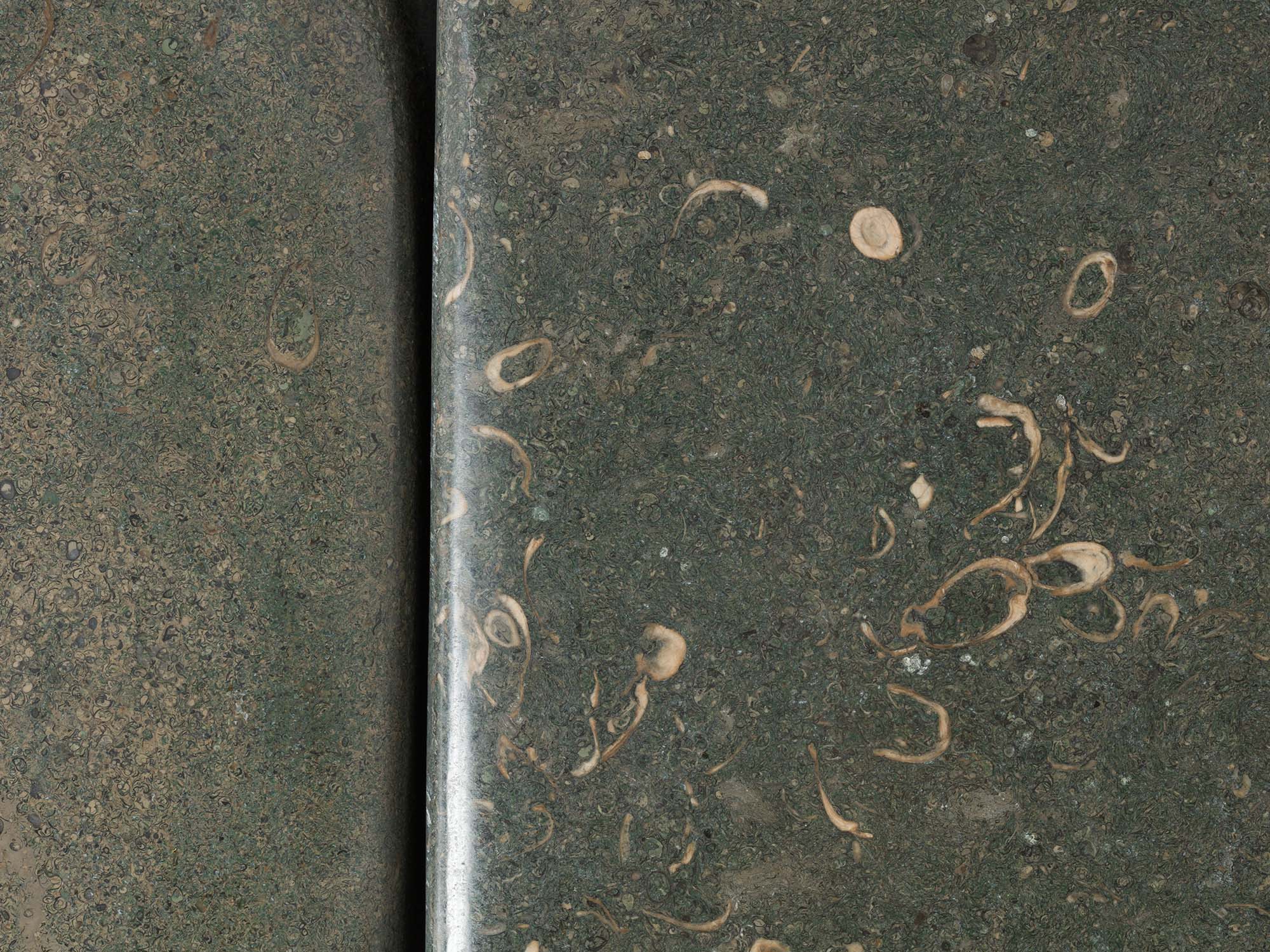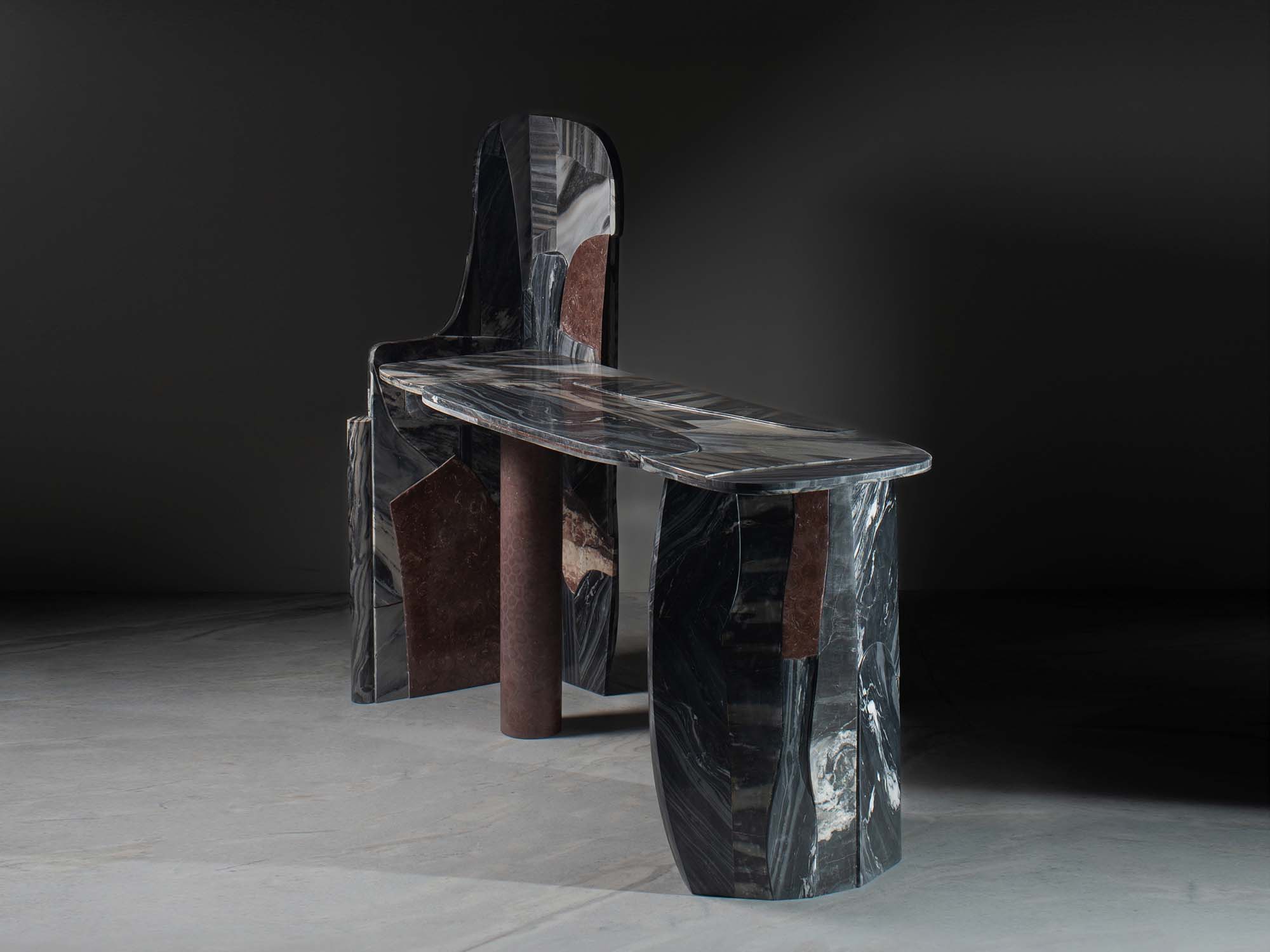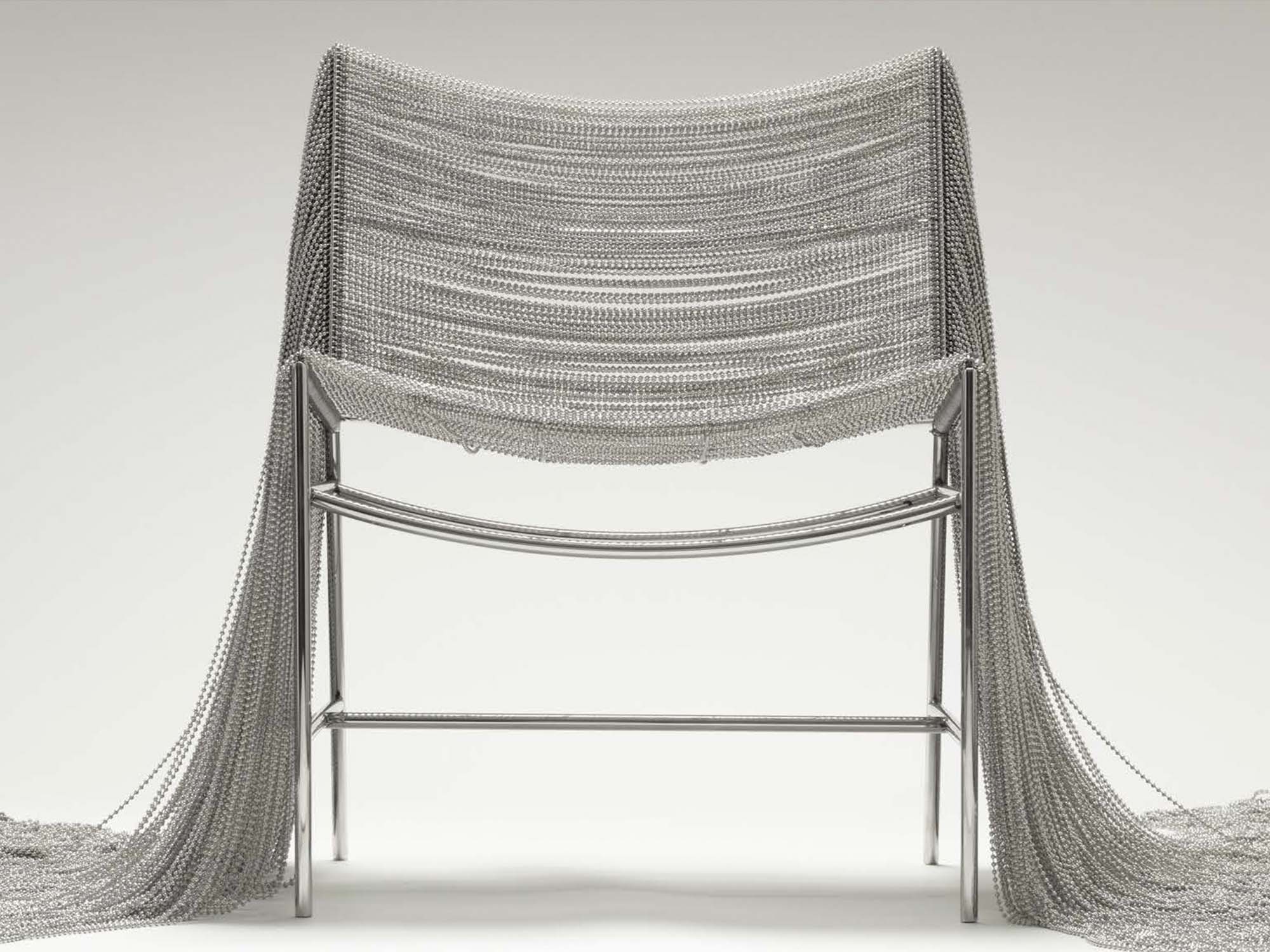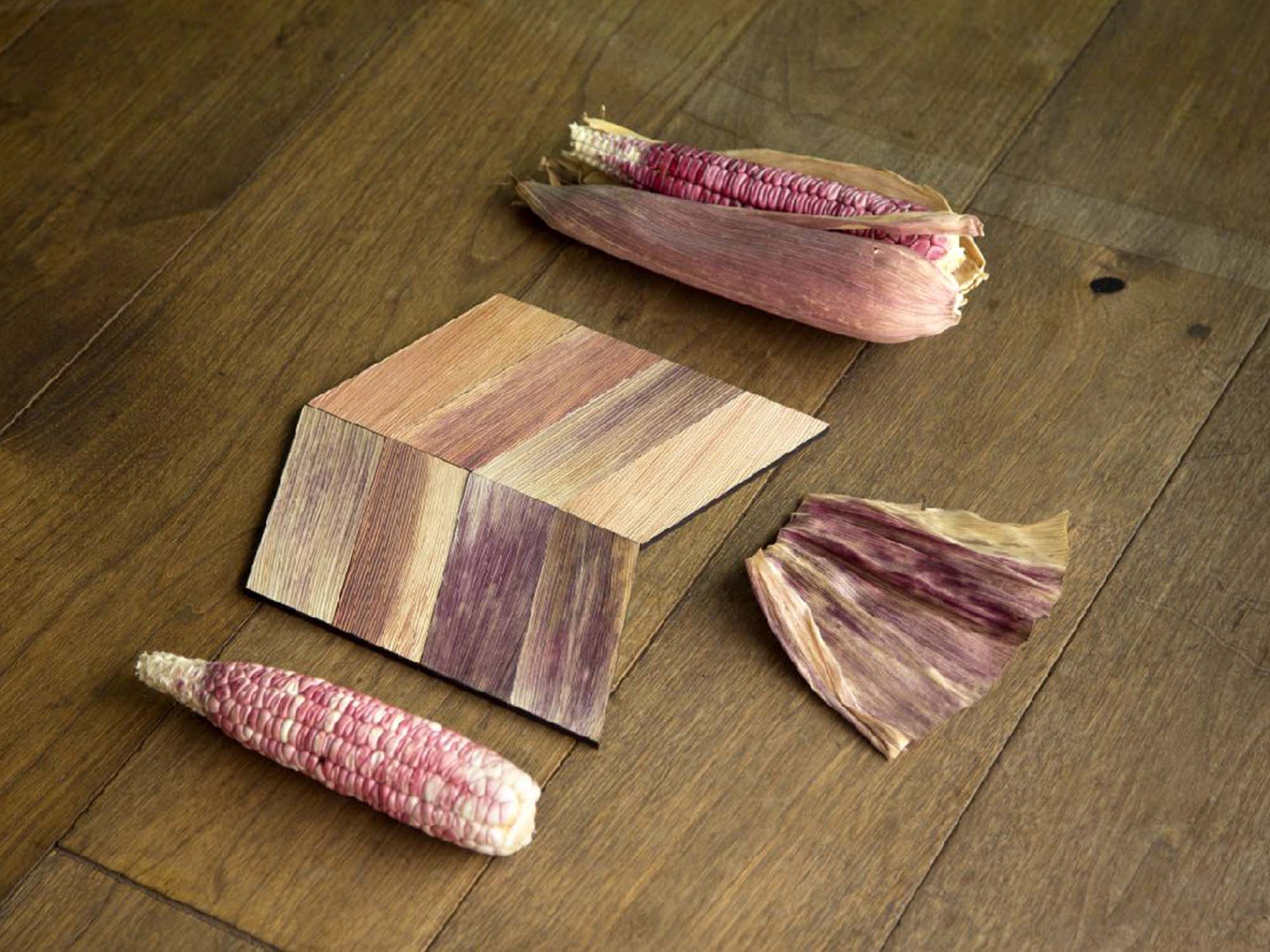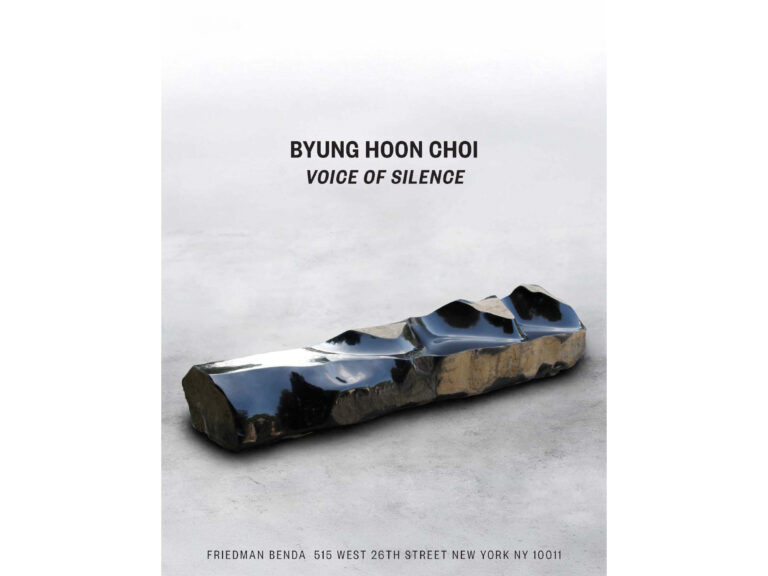A kaleidoscope of colour, a clash of shapes, and a joyful rebellion against the ordinary; design. At its most playful, refusing to conform. Our homes are not just shelters but expressions of personality, spaces where function meets fantasy, where practicality dances with delight. Fun and frivolity were the key here. Delightful, dandy and delicious design does not just have to be practical.
This celebration of the bold and the beautiful in our interiors is a relatively new phenomenon. For much of history, furniture was bound by utility: chairs to sit on, tables to dine at, cupboards to store. Decoration, if present, was a mark of status rather than a call to joy. But today, design is exuberant, unrestrained, almost mischievous. So how did we get here?
To understand this shift, we must look back to the 1940s. In the shadow of World War II, homes were places of necessity, not indulgence. Interiors were stripped bare, dictated by rationing and practicality. Furniture was designed to serve, not to delight, for most people. Utility reigned supreme, and the idea of playfulness in design was far from people’s minds.
Yet, as history has shown, restraint often births rebellion. And rebellion, in design, comes in the form of colour, curves, and a refusal to take itself too seriously.
As the world slowly healed, creativity surged, breathing life back into design. Colour in living spaces returned, and the glow of joy flickered once more in homes and public spaces alike. The late 1940s marked the first stirrings of a new design movement, one that embraced whimsy and self-expression, though it would take decades to fully blossom. Furniture and interiors began to break free from pure utility, inviting a sense of playfulness and delight back into everyday life.
Design had begun to loosen its collar, shedding the constraints of pure function in favour of something bolder, brighter, and infinitely more playful. A handful of global visionary designers emerged, blending art and utility to create pieces that didn’t just serve a purpose, they sparked joy.
Think of Charles and Ray Eames, whose moulded plywood chairs struck the perfect balance between comfort and sculptural beauty, or Eero Saarinen’s futuristic Tulip Chair, a seamless fusion of elegance and innovation. These designers proved that furniture could be both practical and visually striking, setting the stage for an interior transformation.
As the late 20th century unfolded, interiors took on a new sense of exuberance. In the years between, interiors became a canvas for experimentation, as the 1970s ushered in earthy tones, organic shapes, and a growing desire for comfort and warmth. The influence of the counterculture and a shift towards environmental consciousness encouraged more eclectic, nature-inspired designs that balanced aesthetics with a renewed focus on sustainability and personal expression.
The 1980s, in particular, saw an explosion of playful, expressive design, with movements like the Memphis Group, founded by Italian designer Ettore Sottsass in 1980, embracing bold colours, unexpected forms, and a sense of unapologetic fun. No longer bound by convention, homes became vibrant reflections of personality, where design was as much about delight as it was about function.
This new wave of design embraced a sense of irreverence: playful, unpredictable, and unafraid to break the rules. Coffee tables resembled giant building blocks, bookshelves leaned at improbable angles, and clashing colours created a deliberate sense of chaos. It was bold, brash, and at times, outright absurd, but that was precisely the point. This wasn’t just about decoration; it was about defying expectations. Interiors became more than spaces to live in; they became statements, bursting with energy, personality, and a joyful disregard for tradition.
This playful approach to design was championed by figures such as Dandy-designer, Philippe Starck, whose ghost chairs and outlandish juxtapositions pushed boundaries. His work joined the ranks of other designers embracing colour and whimsy:
Karim Rashid, with his amorphous, plastic-fantastic furniture; Bethan Laura Wood, known for her bold patterns and joyful approach to everyday objects; and Morag Myerscough, whose vibrant installations transform spaces into living artworks. These designers, and many more, have proven that beauty in the home isn’t just about aesthetics. It is about emotion, humour and rebellion.
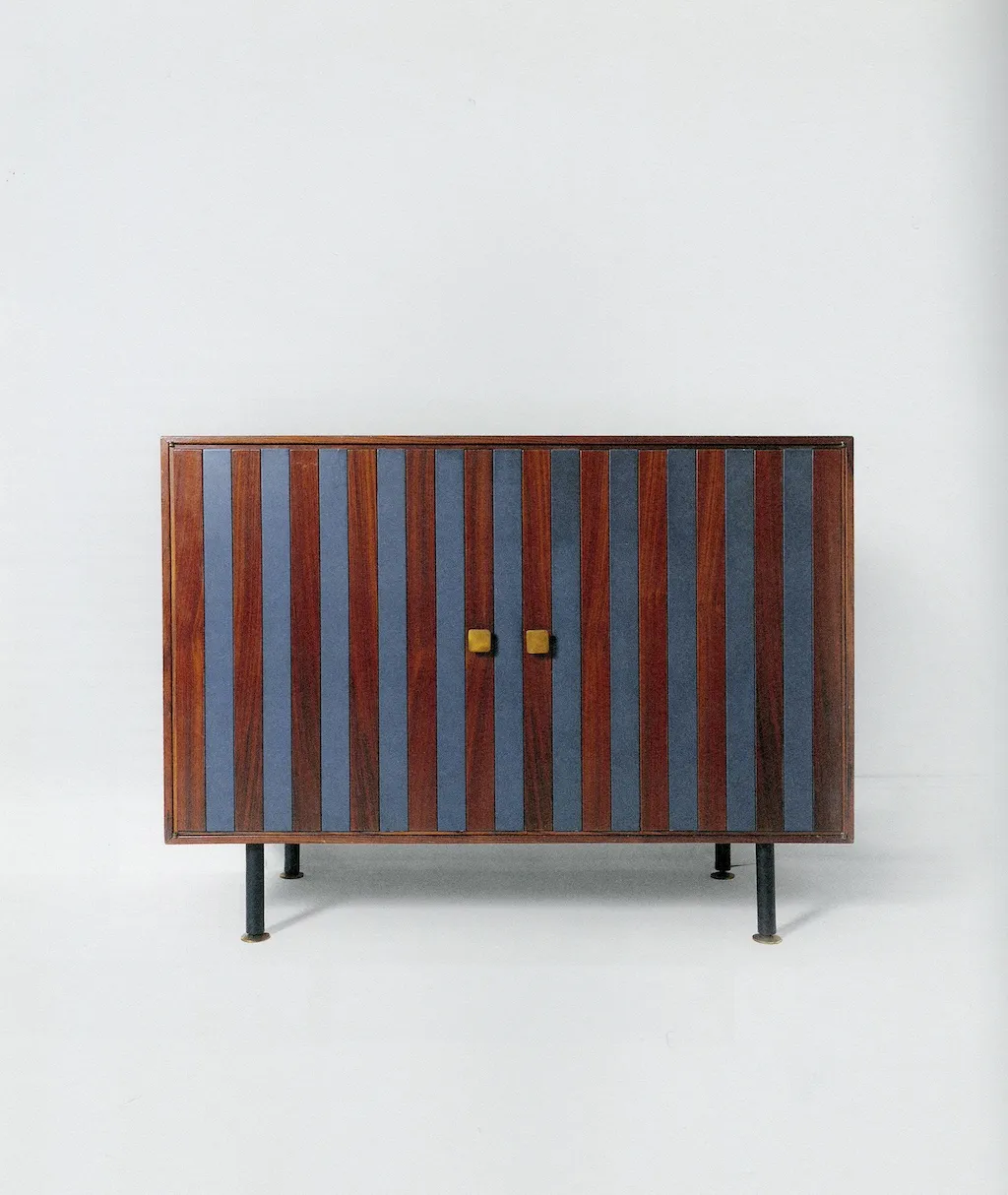
Sideboard Model MS. 120 – Courtesy of Friedman Benda and Ettore Sottsass – Photography by Daniel Kukla
